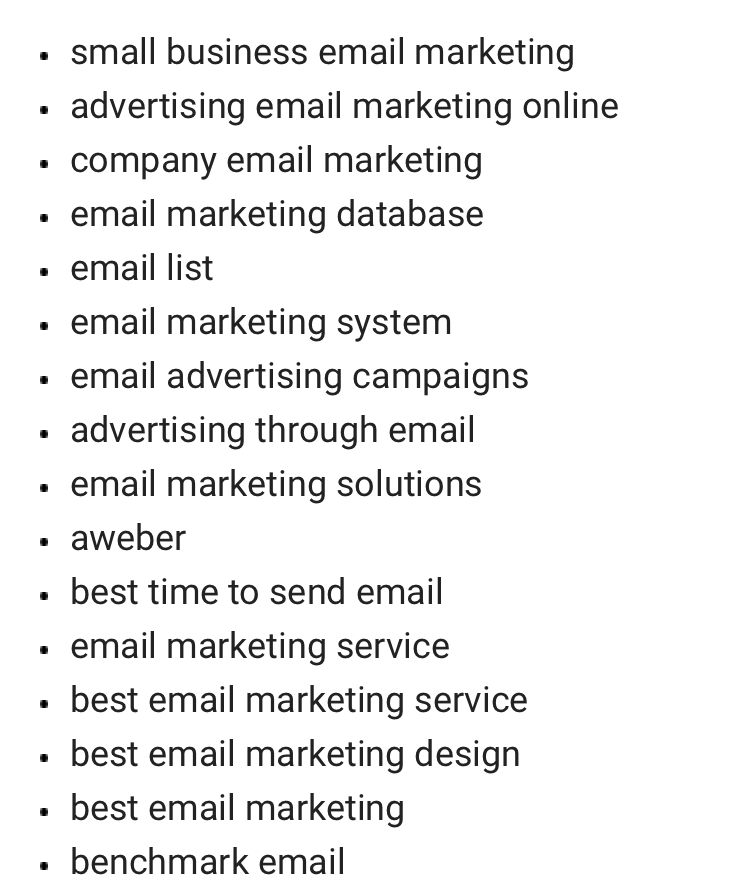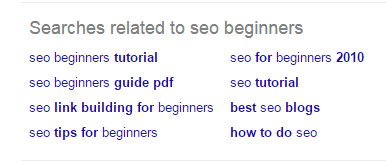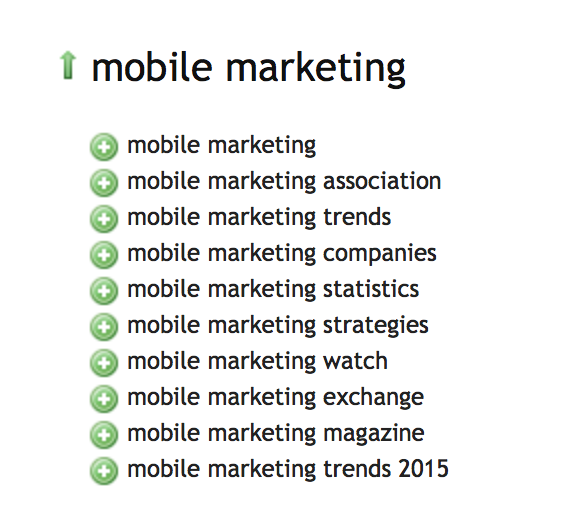LSI is basically an acronym for Latent Semantic Indexing. You must have heard of it before, as it is one of the most effective on-page keyword optimization techniques.
In this post, we are going to discuss a lot more about LSI keywords, how they work, and why you should pay more attention to them. Furthermore, you will also learn some actionable tips to find such LSI keywords for your content and the techniques to implement these keywords in your blog’s content.
As of now, let’s start from the top.
Explaining LSI
As I have already mentioned that “LSI” stands for “Latent Semantic Indexing”. In simpler words, you can understand these keywords as “synonyms” to your main, primary keyword.
It is important to understand that as Google has evolved into a smarter and more intelligent search engine, they have started using many modern algorithms and mathematical theories to gauge the effectiveness and relevance of a ranked web page. Similarly, Google uses a mathematical theory to understand the context and relevance of a web page by the LSI keywords you use in it.
How do these keywords look like?
Here is an example for you.
I used the LSI Graph free online tool to search the LSI keywords. My main keyword for this example was “email marketing”.
These are the keywords the LSI Keyword Generator came up with.

As you can see, these keywords add to the context of my main keyword. More importantly, these LSI keywords help search engines like Google to understand what your content and blog posts are all about.
LSI Graph explains the definition of LSI keywords in the following words. It makes a lot of sense:
“LSI Keywords are essentially keywords related to the keyword that you search for on search engines such as Google. In a nutshell, they are keywords that are semantically linked to your main keyword.”
By now, you must have a very good idea of what LSI keywords are and how do they operate. Let’s define two more terms before we move towards more advanced discussions such as why you should use LSI keywords and how to do that.
Explaining “Latent” and “Semantic”
LSI or Latent Semantic Indexing. But what does it really mean?
Latent means not explicit or hidden.
And Semantic refers to the meaning and concepts the words stand for — not just the spelling.
Let’s finish this with an example.
Suppose you are writing a blog post on the products by Apple (iPhone, iMac, iPads, etc.) Your main keyword turns out to be “Apple”.
My question is how do you think Google will determine that you mean Apple Inc. (the founder of iPhones and iPads) and not apple the fruit?
This is where the LSI keywords really come into play.
These keywords add meanings and contexts to your main keyword as well as to the overall content of your website.
Search engines such as Google will expect you to use several relevant LSI keywords like the following:
iPad
iMac
iPhone
Steve Jobs
Smartphones
Tablets
Mobile devices
iPod
Software
Computer
Hardware
Stores
AppleCare
Why Is Using LSI Keywords So Important in Modern SEO?
The modern SEO techniques require you to use LSI keywords to add context and meaning to your content. Furthermore, proper usage of these keywords may even help you getting ranked on Google’s first page.
Reason #1
We have already discussed one of the main benefits and reasons of using LSI keywords. It is to add context to your blog posts so Google and other search engines can easily identify what it is all about.
Reason #2
The second major reason why you must use LSI keywords in your content is to avoid the problem of over-optimization of keywords.
After the Google Panda and Hummingbird update, Google has become a lot stricter in penalizing websites that over-optimize their content with keywords. LSI keywords are the perfect solution to over-optimization.
If you do not use LSI keywords, you will have to repeat the main keyword quite often in your content. Ideally, the keyword density should not surpass the 3% threshold. Otherwise, Google may take it as over-optimization of keywords and end up penalizing your website for it.
So, instead of repeating the main keyword over and over again, the trick is to incorporate LSI keywords and replace the main keyword with them.
For example, if your main keyword is “increasing search traffic”, you should not be over-using it in a blog post. Instead, you can come up with a list of LSI keywords and use them instead.
For instance, some of the keywords that you can use are:
Increase web traffic
Organic traffic
Increase traffic from search engines
Increase SEO traffic
Generate search engine visitors
Generate website visitors with organic traffic
Drive search engine visitors
Get website traffic from Google
With these LSI keywords, you won’t have to repeat “increase search traffic” over and over again.
The Google Hummingbird update has now shifted the focus on providing “great user experience”. Google obviously does not want you to over-optimize content with one keyword and make your content annoying — and not useful — for the readers.
Here is another link that discusses how to avoid over-optimization of keywords. There are some good tips in there.
How to Avoid Over-Optimization of Keywords?
Moreover, the following link points out 7 writing tips for creating a great user experience. Use these tips to avoid getting a penalty from Google.
7 Writing Tips for Creating a Great User Experience
Reason #3
Last, but not the least, another benefit of having these LSI keywords at your disposal is that you can use them for creating diverse anchor texts.
Google — and even other search engines — do not prefer it when you keep using generic anchor texts. Diversification is an important aspect of a well-rounded SEO strategy, and LSI keywords give you the opportunity to do that.
As a general rule of thumb, you should be avoiding creating anchor texts with the exact URLs. Occasionally doing it will give you a positive SEO boost, but do it too much and you will end up with a Google penalty.
This is why it is always a good idea to diversify your anchor texts and mix them up with LSI keywords. This way the relevancy is still there, but you won’t have to worry too much about getting penalized by Google for over-optimizing. It is a win-win solution for you.
How to Find LSI Keywords?
There are plenty of free tools available for you to find relevant and powerful LSI keywords.
Here I mention a few of them that you can start using right away.
Tool #1: Google Keyword Planner
Most SEO professionals use The Google Keyword Planner to find keywords and to determine their search volume, bids, and level of competition.
However, you can always this wonderful tool for finding related LSI keywords.
As you can see in the above image, the second segment that says Keyword (by relevance) contains many LSI keywords that you can use.
Tool #2: Google Related Searches
You know those related words and phrases that no one really pays any attention to? Yeah, those are good examples of LSI keywords that you should use every now and then.

Tool #3: LSI Graph
This is the tool that I used earlier to give you the first example. It is a free online tool that often comes up with very good LSI keywords.
Here is the link again. LSI Graph: LSI Keyword Generator
Tool #4: UberSuggest
UberSuggest is a keyword suggestion tool that comes up with a whole array of relevant LSI keywords.
It gives you plenty of LSI keywords to choose from — that’s its specialty.

Final Words
LSI Keywords should be an important part of your keyword optimization and SEO strategy. Modern search engines demand it. And without these LSI keywords, you may end up over-optimizing your content for its main keywords and getting penalized by Google.
